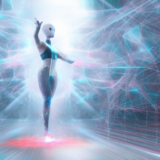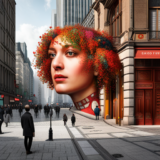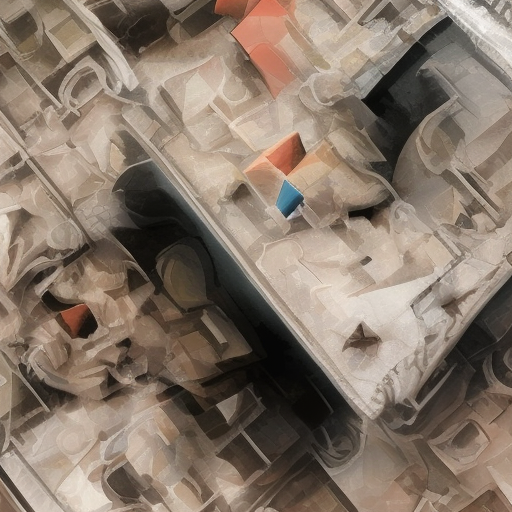
The world of art is no stranger to controversy, but a new debate has emerged that has artists, lawyers, and technologists at odds. The question at the heart of the matter is this: Is AI-generated art infringing on the rights of artists?
Estimated reading time: 3 minutes

In the ever-evolving world of artificial intelligence, the boundaries between human and machine creations are becoming increasingly blurred. AI-generated art, in particular, has been a subject of intense discussion, raising questions about authorship, creativity, and even the moral standing of AI systems. A notable study titled “On the Social-Relational Moral Standing of AI: An Empirical Study Using AI-Generated Art” provides a comprehensive exploration of this fascinating subject, offering valuable insights into how we perceive and interact with AI-generated art. Published two years ago, this study remains a significant reference in the discourse on AI and art.
Estimated reading time: 4 minutes

We are on the precipice of a new era in gaming—an era driven by artificial intelligence. AI has seeped into every facet of video game development, enhancing gameplay complexity, character interactions, and even game design. In this blog post, we’ll journey through the landscape of AI in gaming, exploring the exciting advancements that are transforming the industry.
Estimated reading time: 5 minutes

Artificial Intelligence has come a long way, from assisting in mundane tasks to creating artwork, composing music, and even crafting poetry. The realm of AI-generated poetry is a fascinating one. With several AI models emerging as ‘poets,’ the question arises: how do these AI models differ in their approach to creating poetry? To answer this, we dove into a poetry slam with two prominent AI models – Bard and ChatGPT.
Estimated reading time: 10 minutes

This exercise using Stable Diffusion via DreamStudio offered an intriguing insight into how different AI models interpret and represent complex and abstract ideas. Each piece was a unique blend of the expected and the unexpected, reflecting the distinctive capabilities and limitations of the AI models.
Estimated reading time: 6 minutes

In the continuous quest to explore how artificial intelligence grasps and generates different artistic styles, we again turned to Stable Diffusion, leveraging the capabilities of DreamStudio. This time, however, our approach was twofold: a comparative analysis between Stable Diffusion 1.5 (SD 1.5) and Stable Diffusion 2.1 (SD 2.1). In both iterations, the same styles were tested, enabling us to discern how different versions of the AI model fared with the same prompts.
Estimated reading time: 2 minutes

AI’s prowess in generating poetry has been put to the test in our latest experiment – initiating poetic compositions through conversational prompts. Our guide through this exploration, ChatGPT, was tasked to respond to a variety of requests, all presented in a casual conversational manner, as if from a friend or a curious reader.
Estimated reading time: 12 minutes

Art, in its many forms, has always been a mirror to society, reflecting technological advancements, cultural shifts, and philosophical debates. The advent of artificial intelligence (AI) has proven no different, with recent developments in AI art stirring discussion and even controversy in the creative realm. Here, we delve into three significant incidents that have ignited these conversations.
Estimated reading time: 4 minutes

The arena of Artificial Intelligence (AI) and Large Language Models (LLMs) continues to be an ever-evolving landscape. In a recent article, the focus was on how even the most advanced AI language models like Google’s BERT and OpenAI’s ChatGPT grapple with one fundamental aspect of human language: negation.
Estimated reading time: 4 minutes

At Neural Imaginarium, we’ve been fascinated with the “Prompt Strength” (or cfg_scale) setting in Stable Diffusion, and have been testing it out to see how it affects the final image produced by the AI. This setting essentially determines how closely the AI should adhere to the prompt given to it. The range is 1-30, with the default setting being 7, and 1 being furthest from the prompt and 30 being closest. At least, that’s what it’s supposed to be.
Estimated reading time: 3 minutes









